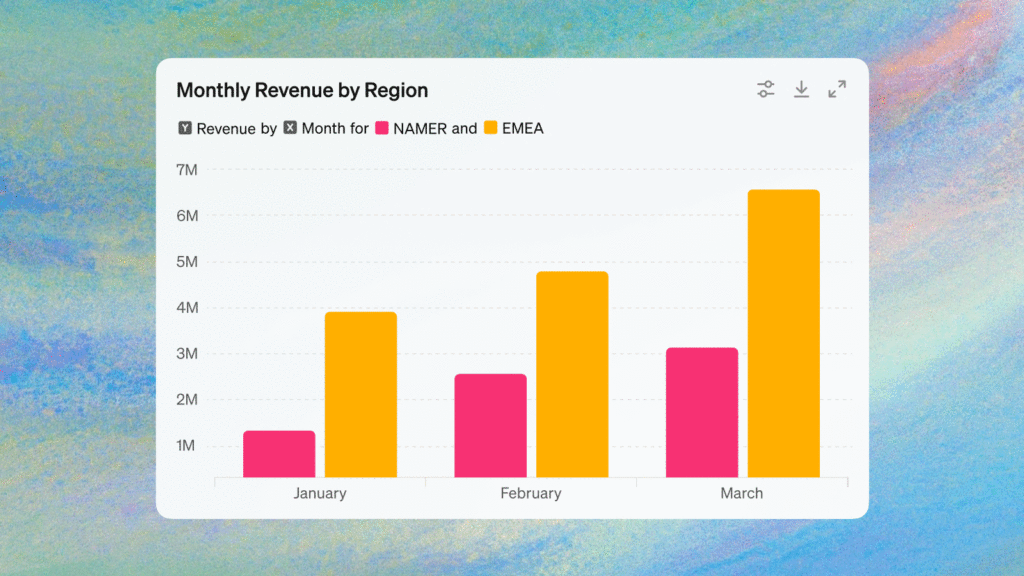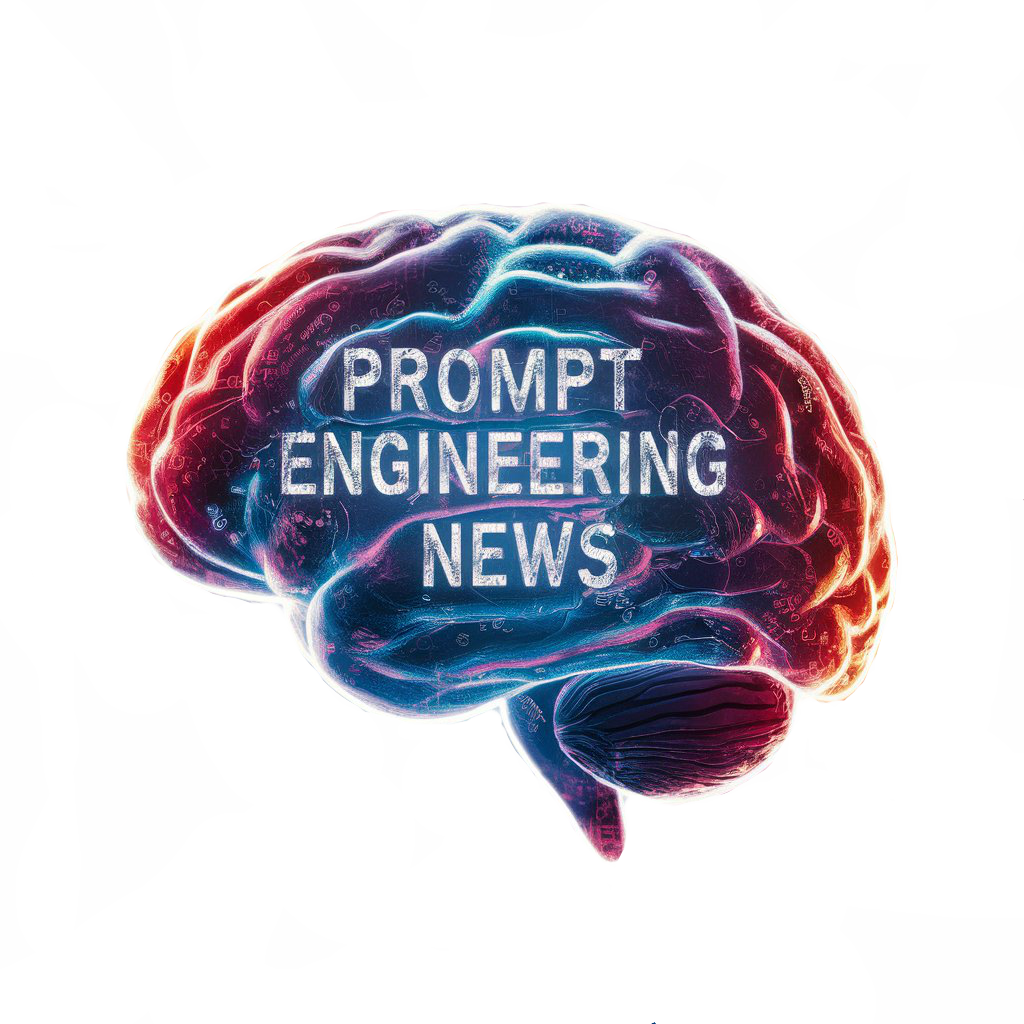Introduction:
ChatGPT is an AI-powered chatbot that has been gaining popularity due to its ability to provide accurate and helpful responses to user queries. As a conversational AI, ChatGPT has been improving its capabilities in various aspects, including data analysis. In this summary, we will explore the recent improvements made to data analysis in ChatGPT and its potential applications.
Overview of ChatGPT:
ChatGPT is a conversational AI designed to understand and respond to user queries in a human-like manner. It is built on top of the transformer architecture and is trained on a massive dataset of text from the internet. ChatGPT is capable of understanding natural language, generating text, and providing answers to user queries.

Improvements to Data Analysis:
- Enhanced Entity Recognition: ChatGPT’s entity recognition capabilities have been improved, allowing it to identify and extract relevant entities such as names, dates, and locations from user queries. This enhancement enables ChatGPT to better understand the context and provide more accurate answers.
- Improved Sentiment Analysis: ChatGPT’s sentiment analysis capabilities have also been improved, enabling it to better understand the emotional tone and sentiment of user queries. This improvement allows ChatGPT to provide more empathetic and personalized responses.
- Enhanced Textual Analysis: ChatGPT’s textual analysis capabilities have been improved, enabling it to analyze and understand the structure and syntax of text. This improvement allows ChatGPT to better identify patterns and relationships in data.
- Ability to Handle Complex Queries: ChatGPT’s ability to handle complex queries has been improved, enabling it to understand and respond to multi-step questions and contextual queries.
- Integration with External Data Sources: ChatGPT’s integration with external data sources has been improved, allowing it to access and analyze large datasets and provide more accurate and informed responses.
- Enhanced Visualization Capabilities: ChatGPT’s visualization capabilities have been improved, enabling it to generate visual representations of data such as charts, graphs, and heatmaps.
Potential Applications:
- Customer Service: ChatGPT’s improved data analysis capabilities can be used to provide personalized customer service and support. ChatGPT can analyze customer queries and provide accurate and relevant responses.
- Marketing and Advertising: ChatGPT’s enhanced data analysis capabilities can be used to analyze customer behavior and preferences, enabling businesses to target their marketing efforts more effectively.
- Data Science and Research: ChatGPT’s improved data analysis capabilities can be used to analyze and visualize large datasets, enabling researchers to identify patterns and relationships.
- Education: ChatGPT’s improved data analysis capabilities can be used to provide personalized education and learning experiences. ChatGPT can analyze student performance and provide tailored recommendations.
- Healthcare: ChatGPT’s improved data analysis capabilities can be used to analyze patient data and provide personalized healthcare recommendations.
Conclusion:
The improvements to data analysis in ChatGPT have the potential to revolutionize various industries and applications. With its enhanced entity recognition, improved sentiment analysis, and ability to handle complex queries, ChatGPT is capable of providing accurate and relevant responses to user queries. Additionally, its integration with external data sources and enhanced visualization capabilities make it a powerful tool for data analysis. As ChatGPT continues to evolve, it is likely to have a significant impact on various industries and applications.
Source:
https://openai.com/index/improvements-to-data-analysis-in-chatgpt




